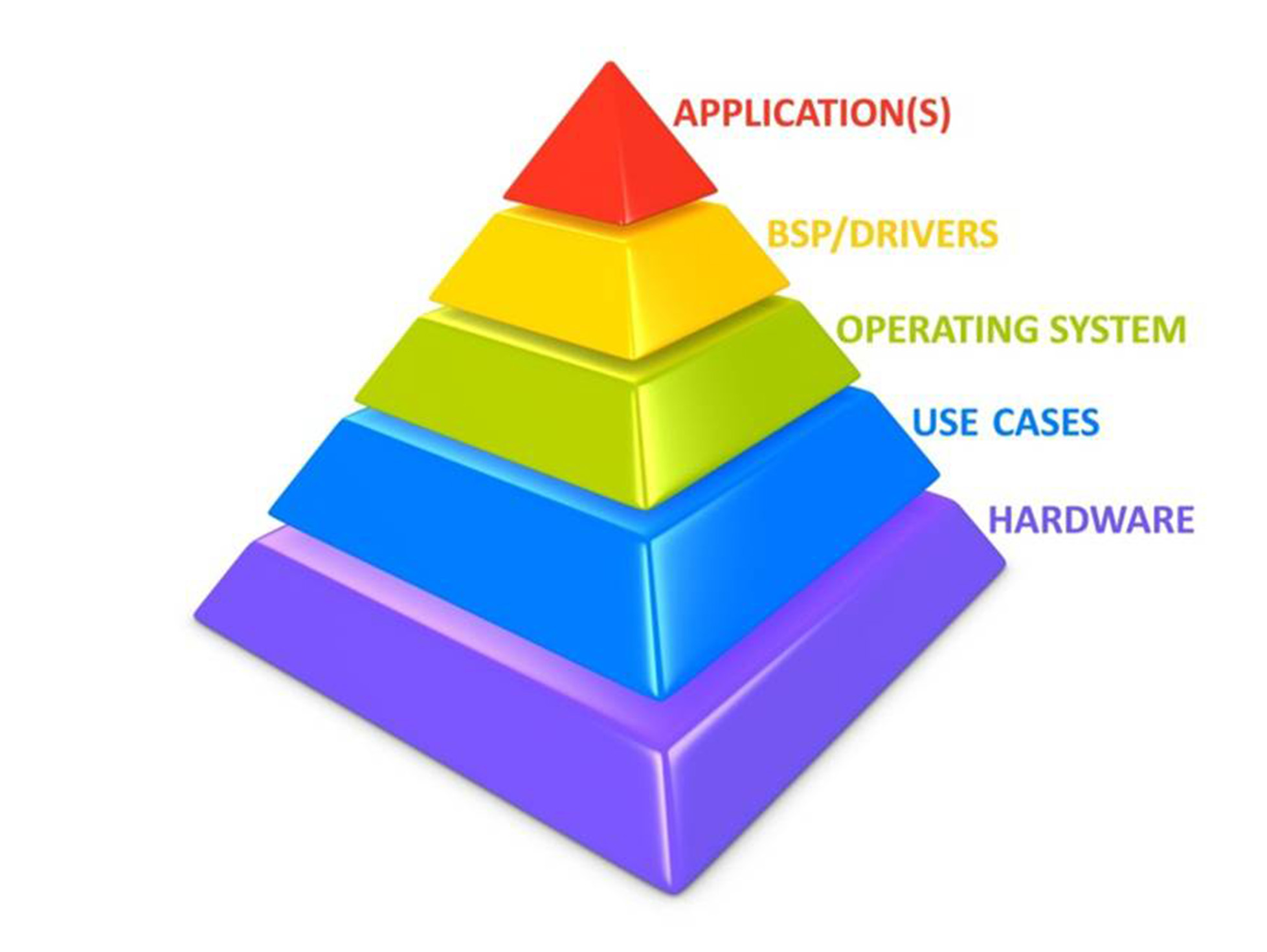In an age where sustainability is at the forefront of technological innovation, the importance of power management and energy efficiency cannot be overstated. From mobile phones and laptops to IoT devices and industrial machines, the demand for longer battery life and reduced energy consumption is on the rise. One of the key factors contributing to achieving these goals is firmware development.
Firmware, the software that resides in the non-volatile memory of electronic devices, plays a pivotal role in controlling hardware components and ensuring they operate optimally in terms of power consumption. In this blog post, we will delve into the world of firmware development for power management and energy efficiency, exploring its significance and the techniques employed to achieve these objectives.
The Significance of Power Management and Energy Efficiency
Before we dive into the details of firmware development, let’s understand why power management and energy efficiency are critical in today’s technological landscape.
Prolonged Battery Life: In the realm of consumer electronics, the longevity of battery life is a key selling point. Users demand devices that can last all day without frequent recharging. This is particularly true for smartphones, tablets, and laptops. Firmware plays a crucial role in ensuring that power-hungry components like processors, displays, and wireless radios operate efficiently to extend battery life.
Environmental Sustainability: Beyond the convenience of longer battery life, energy efficiency is vital for environmental reasons. As the world grapples with the consequences of climate change, reducing energy consumption in electronic devices is a small but significant step toward sustainability. Firmware developers have a responsibility to contribute to this cause by optimizing power management.
Reduced Operating Costs: In the industrial sector, energy-efficient machines and systems can translate into substantial cost savings. For example, in manufacturing plants, optimizing the firmware of programmable logic controllers (PLCs) can lead to lower electricity bills and reduced carbon footprint.
The Role of Firmware in Power Management
Now that we understand the importance of power management and energy efficiency, let’s explore how firmware contributes to achieving these objectives.
- Dynamic Voltage and Frequency Scaling (DVFS)
DVFS is a technique used to adjust the operating voltage and frequency of a processor dynamically. Firmware can monitor the device’s workload and adjust these parameters accordingly. When the workload is low, the firmware can lower the voltage and frequency, reducing power consumption. Conversely, during periods of high demand, it can increase these values for better performance. DVFS is commonly employed in smartphones and laptops to balance performance and power efficiency. - Sleep Modes and Low-Power States
Many electronic devices spend a significant amount of time in idle or standby modes. Firmware can put various components into low-power states during these periods. For instance, a smartphone’s firmware can deactivate unused sensors, reduce the display’s refresh rate, and put the CPU to sleep when the device is not in active use. These measures significantly contribute to energy savings without compromising user experience. - Task Scheduling and Prioritization
Firmware can manage the scheduling of tasks running on a device. By intelligently prioritizing and scheduling tasks, firmware can ensure that power-intensive processes are executed efficiently. For example, a firmware scheduler can ensure that background tasks like syncing data or software updates are performed during times when the device is connected to a power source rather than relying on battery power. - Real-Time Monitoring and Optimization
Modern firmware is equipped with real-time monitoring capabilities. It can continuously assess the device’s power consumption and temperature. If any component starts consuming an excessive amount of power or generating excessive heat, the firmware can take corrective actions, such as throttling the component or shutting it down temporarily to prevent damage.
Challenges in Firmware Development for Power Management
While firmware development for power management and energy efficiency offers significant benefits, it comes with its own set of challenges. Here are some of the common hurdles faced by firmware developers:
Complexity: As devices become more sophisticated, firmware grows in complexity. Managing various hardware components and ensuring they work together seamlessly while optimizing power usage is a daunting task.
Trade-offs: Achieving optimal energy efficiency often involves trade-offs with device performance. Firmware developers must strike a balance between power savings and maintaining a responsive user experience.
Hardware Variability: Different hardware components may have varying power characteristics. Firmware must be adaptable to different hardware configurations, making development more challenging.
Security Concerns: Firmware development for power management must not compromise device security. Implementing energy-saving measures should not open up vulnerabilities that could be exploited by malicious actors.
Best Practices for Firmware Development
To overcome the challenges and achieve optimal power management and energy efficiency, firmware developers should adhere to some best practices:
Collaboration: Collaborate closely with hardware engineers to understand the power characteristics of the components and design firmware accordingly.
Testing and Profiling: Extensive testing and profiling are essential to identify power-hungry components and areas where optimization is needed.
Frequent Updates: Firmware development is an ongoing process. Regular updates can introduce new power-saving features and address emerging challenges.
User Configurability: Allow users to customize power-saving settings to cater to individual preferences and needs.
Conclusion
Firmware development for power management and energy efficiency is a crucial aspect of modern electronics. It enables longer battery life, contributes to environmental sustainability, and reduces operating costs. As technology continues to evolve, firmware developers will play an increasingly vital role in shaping a more energy-efficient future.
By employing techniques like DVFS, sleep modes, task scheduling, and real-time monitoring, firmware developers can optimize power usage without compromising performance. While challenges exist, following best practices and staying committed to ongoing improvement can help overcome them.
As consumers and industries alike continue to demand more from their electronic devices, firmware development will remain at the forefront of efforts to make technology more sustainable and efficient. It is a field ripe with opportunities for innovation and positive impact on our world.



